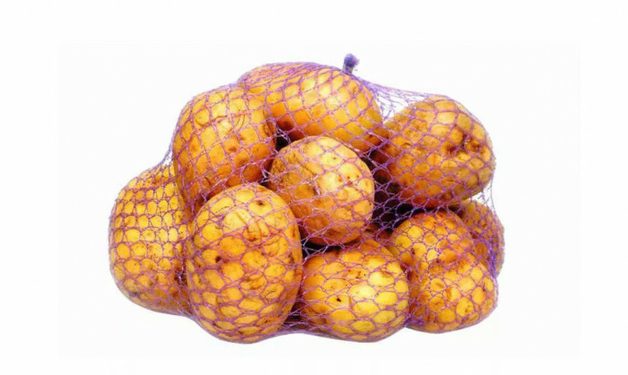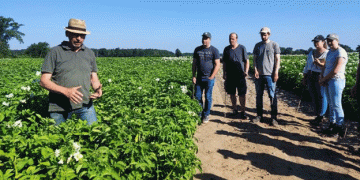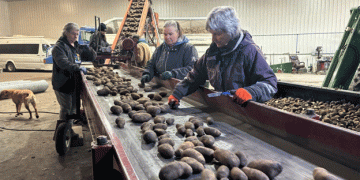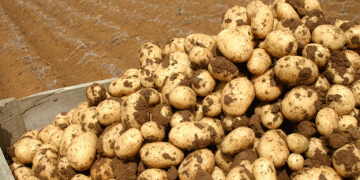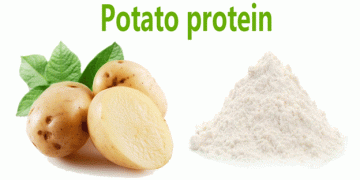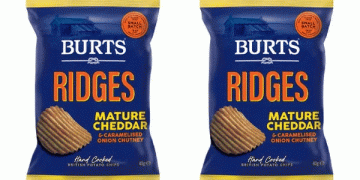Market disruptions caused by the COVID-19 pandemic are threatening quality and traceability, two important requirements of potato fresh packing. Lockdowns have increased home cooking and the popularity of fresh potatoes; packers may have been tempted to meet demand by sending more potatoes down the line or setting lines to run faster – but this makes quality control more difficult.
Product quality is critical to ensuring consumer food safety, protecting manufacturers’ reputations, and keeping packers’ customers satisfied. Furthermore, product quality can have as much of an impact on profitability as pack-out rates, product recovery efficiencies, and market-driven supply and demand.
“Food safety first. Risks are always present in a load of freshly picked potatoes, which can too frequently contain foreign materials such as field mice, plastic bottles, stones, wood, sticks, stalks, and vines. These must be detected and removed by the grower’s and/or packer’s pre-sorters before the product is fed onto the packing line, and by sorters on the line itself. Sounds straightforward, but some lines still depend on manual workers to remove imperfect potatoes, although machines can see things humans can’t. Some machines are better suited than others to the job of removing both foreign objects and potato imperfections,” Marco Colombo, Global Category director Potatoes at Tomra Food, recently wrote.
Quality assessments are graded on whether the product is either safe or not. Potatoes at the end of the line must meet precise appearance and dimension specifications, but these specifications can vary. Only the most advanced optical sorting technologies are capable of making the necessary distinctions and switching from one product setting to another with minimal downtime.
“And profitability? A high-quality product can be the key to higher-value markets, but there’s also money to be unlocked from making otherwise unsellable potatoes available at lower grades. Again, this requires sophisticated sorting technologies. More than just recognizing and rejecting products of unacceptable quality or specification, sorters can enable the recovery of a relevant part of this rejected product for sale at a lower grade (obtaining Grade II potatoes, for example, from what was initially rejected when running the Line for Grade I),” Colombo added in his new challenges blog.
Traceability is entwined in all of this, and it is becoming an increasingly important aspect of food safety and product marketability. If an erroneous product reaches retail outlets or consumers, traceability can quickly confirm its origins and distribution points, allowing for prompt removal from points of sale. Fortunately, the need for such action is extremely rare, but traceability has other benefits that are continuously valuable.
“For consumers, traceability can help provide the information they increasingly want to see about the food’s provenance. Market researchers have found that most shoppers are willing to pay more for food that has information transparency. For packers, traceability is an integral part of technologies that also improve efficiency and profitability and is part of the digital transformation sweeping through all industries. Adaptation of existing business practices to new digital methods – through automation, interconnectivity, machine learning, and real-time data – can provide actionable data that has tremendous potential value.
“These capabilities offered as part of the latest state-of-the-art sorting technologies, enable the application of data to improve operating efficiencies, provide new value-producing opportunities, and open new revenue streams. If this sounds like the future, the future is arriving now. And that arrival has been accelerated by the extra pressures placed on packers by the upheavals caused by COVID-19,” he concluded.
A source: https://www.potatobusiness.com
